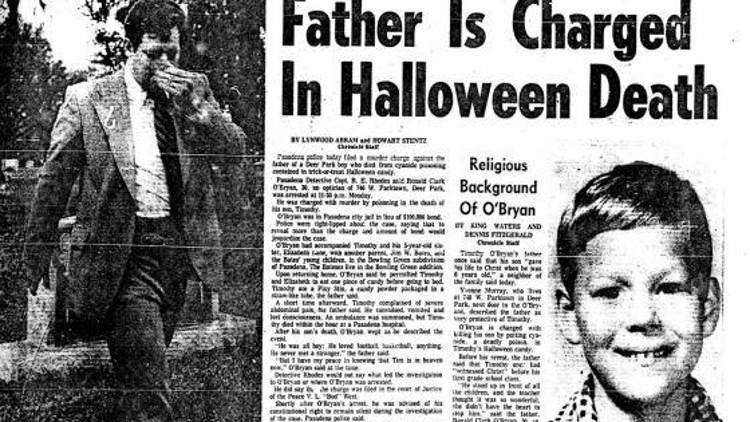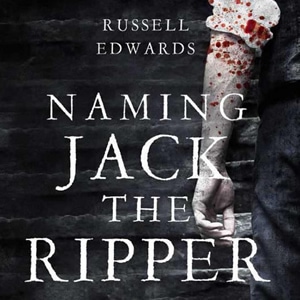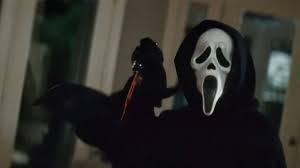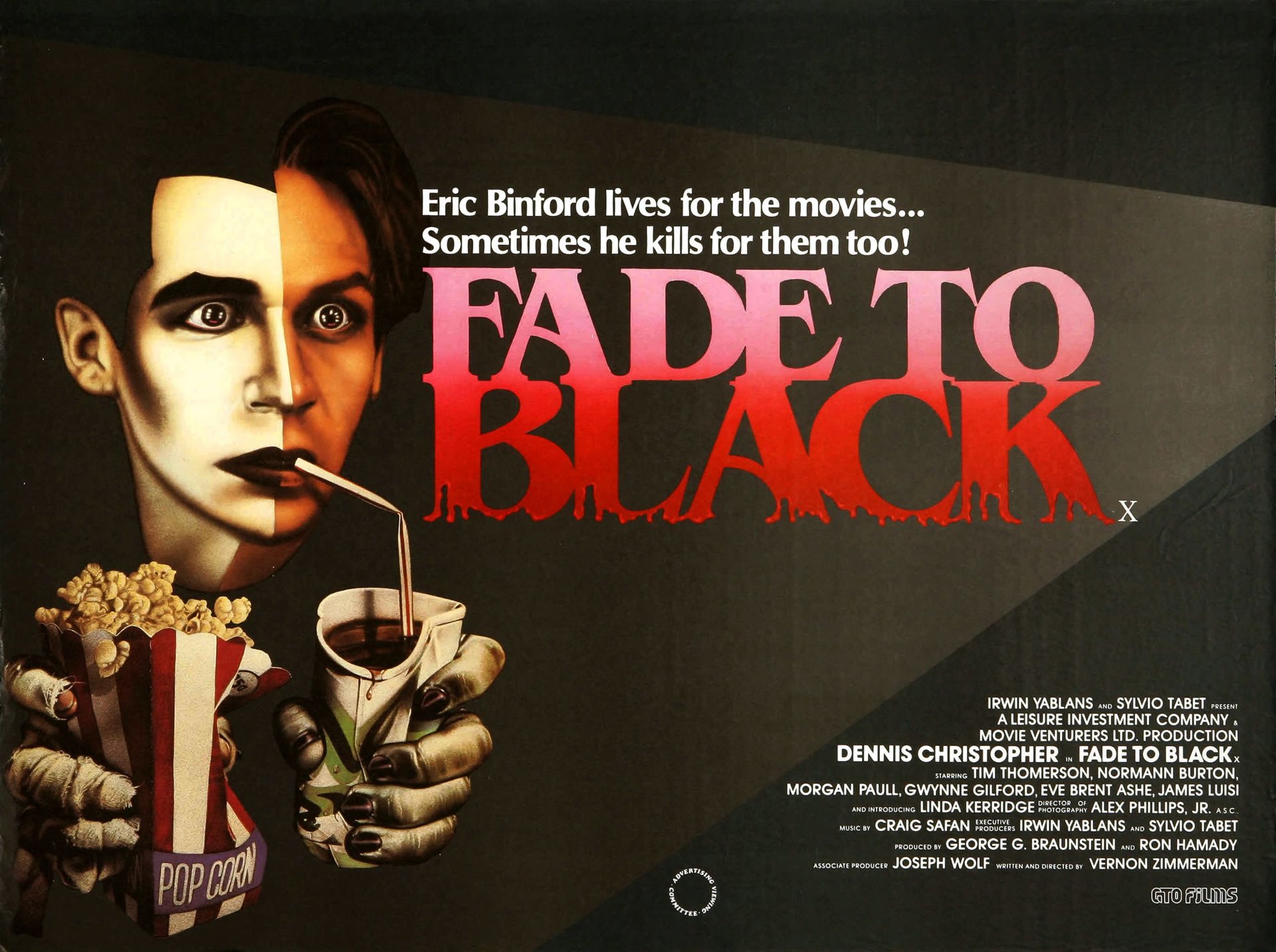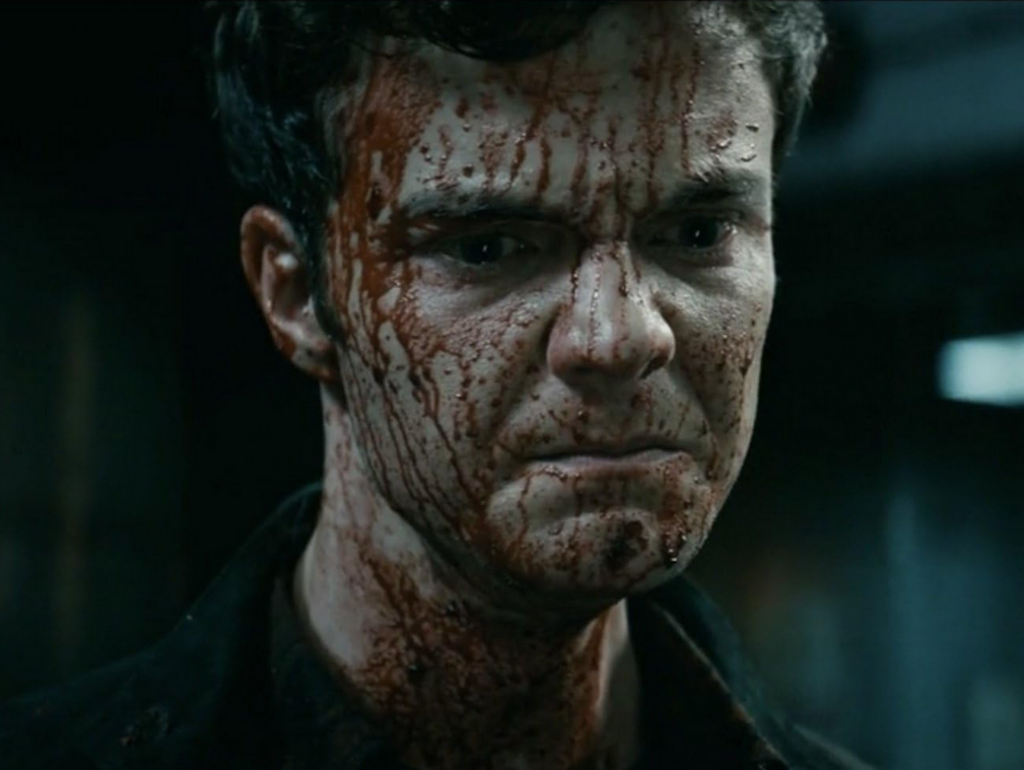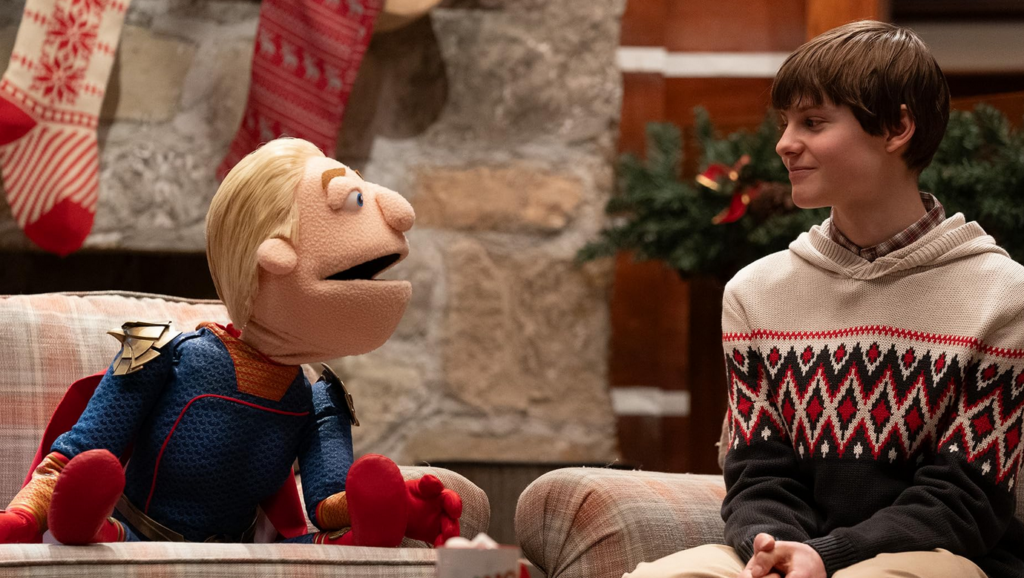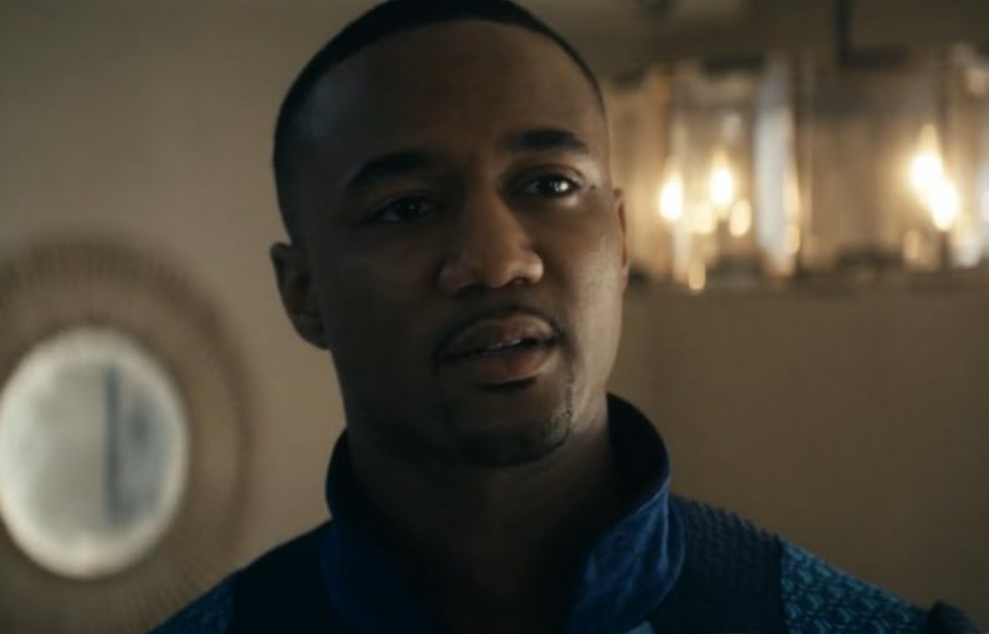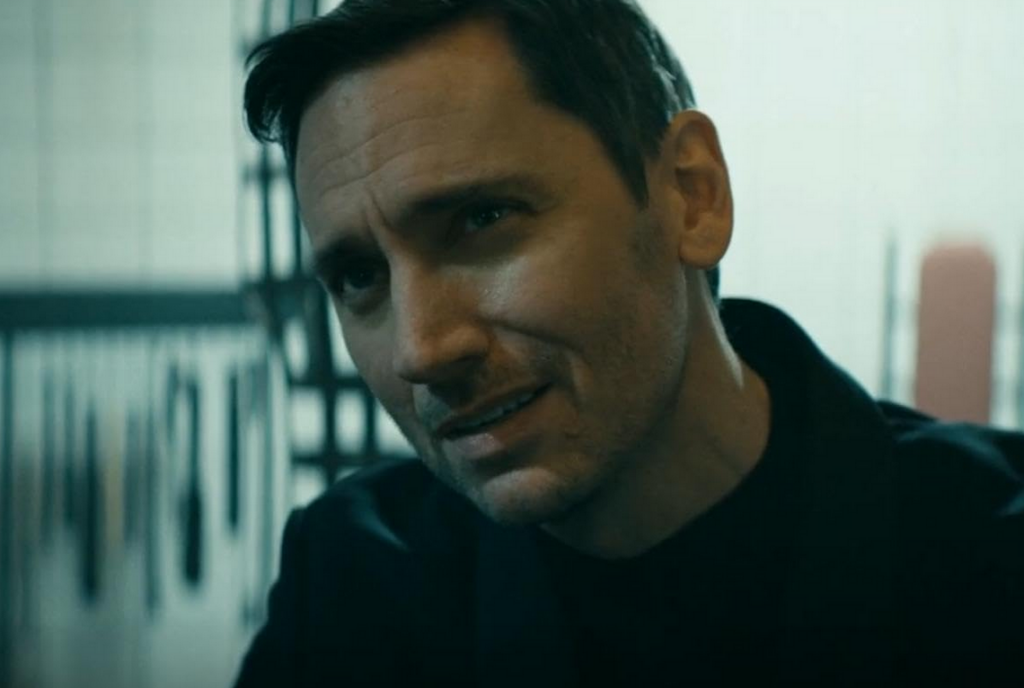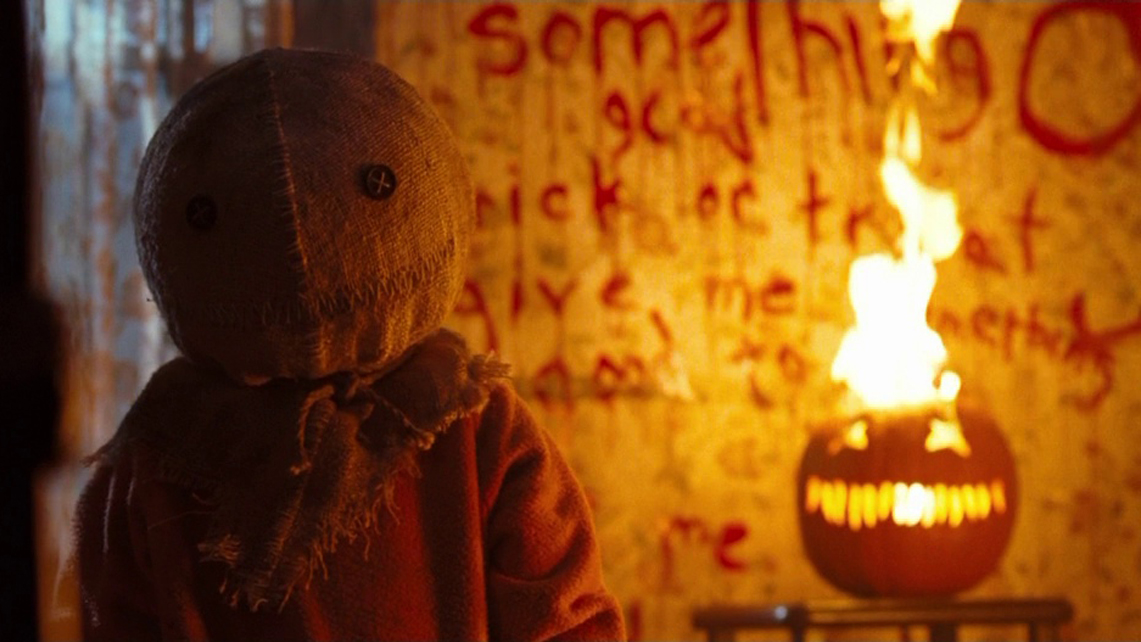
Screen Slashers: Serial killers and urban legends in ‘Trick ‘r Treat’
More Videos
Published
4 years agoon
By
Rachel Roth
If all goes well, this will be the first of a “Screen Slashers” column I will do once a month. In each one, I will pick a film that features a serial killer or mass murderer and describe the infamous, historical figures they may or may not have been based on. I’m doing this because I love psychopaths and want more excuses to talk about them. Researching which sickos inspired by favorite fictional sickos happens to be a hobby of mine, so why not also write about it? I thought about doing Michael Myers from Halloween since the holiday itself is just around the corner, but I already did a breakdown of Myers about a year ago when I wrote for Hidden Remote and I didn’t feel like doing it again. You can read it here if you want. That being said, I decided on Trick ‘r Treat instead.
Trick ‘r Treat is an anthology horror film released in 2007 that tells five different stories set on Halloween night. They are connected through the presence of Samhain, the literal embodiment of All Hallows Eve, watching over the night. The film deals with the “rules” of Halloween that must be followed, rules that are largely forgotten as respect for the holiday has been thrown out the window. One of the characters observed throughout the film is Steven Wilkins. He may honor the holiday but he’s got a much different problem, his backyard “stinks like a dead whore.”
Steven Wilkins
Despite the presence of the demonically adorable Samhain, the true villains of Trick ‘r Treat are the people. Specifically Mr. Kreeg and Steven Wilkins. Kreeg is responsible for a school bus massacre that, from what I’ve gathered, is not based on real-life events. It was actually inspired by “It’s the Great Pumpkin, Charlie Brown” special. So, Steven Wilkins it is. The school principal with a smelly backyard filled with bones.
Played by Dylan Baker, who also co-wrote the script with director Michael Dougherty, Wilkins is a charming local man who happens to be a serial killer. His targets of choice appear to be anyone of convenience, in this case, a few trick-or-treaters and a frightened young woman at a parade. There is a possibility that Wilkins is based on either John Wayne Gacy or Andrei Chikatilo, two sadistic serial killers that primarily targeted children while presenting themselves as “respectable” members of their communities.
Most people already know the name Gacy thanks to the many films and biographies about him. He worked as “Pogo the Clown” at children’s events and would often lure them over while still in costume, prompting him to be known as the “Killer Clown”. Meaning, don’t blame Stephen King for killing the clown industry, Pennywise didn’t come around until eight years after Gacy’s arrest. He was put to death on May 10, 1994, for torturing, raping, and murdering an estimated 33 boys. Burying their bodies in the crawl space of his house. Despite the high body count, hardly anyone suspected Gacy of anything, even though he was arrested and convicted of sexual assault in 1968, and then two more times in 1971. His final arrest was in 1978. To put it bluntly, it really shouldn’t have been that much of a surprise that he was a serial killing rapist. I can’t speak for the family, but how did they not know there were bodies in the house? According to his sister, the house always smelled a bit musty but apparently, no one thought enough to question it. “When [he and his second wife] moved in, there was always this kind of musty smell,” she [Karen Gacy] says. “In later years, he kept saying that there was water standing under the house and he was treating it with lime [and] that’s what the mold smell was.”
Though greatly diluted, Steven Wilkins of Trick ‘r Treat shares many similarities with Gacy including killing children, having a child of his own, and burying bodies on his property. In particular, the cheerful creepiness emitting from the character feels very Gacy.

Another killer that could have gone into Wilkins’s creation is Andrei Chikatilo, “The Rostov Ripper” or “Red Ripper” who sexually assaulted, murdered, and mutilated at least 52 women and children between 1978 and 1990 in Russia. Chikatilo’s crimes, although sexual in nature, were primarily motivated by rage. He was just a walking flesh suit filled with hate and resentment.
Chikatilo grew up during WWII and was forced to witness the horrors of war at a very young age. He lived through the Nazi occupation of Ukraine that forced his family into underground hideouts. His father was at war, leaving just him and his mother, sometimes completely homeless. It’s been theorized that Chikatilo’s mother had been raped by a German soldier sometime during the war as she suddenly got pregnant and gave birth to a daughter. A rape that many believed Chikatilo had witnessed.
Naturally, Chikatilo grew up to have a great deal of emotional and psychological issues. To the point where murder and violence became therapeutic for him, a way to purge the rage. He didn’t seem to have a preference regarding gender, or even age, which is unusual among pedophiles, and often serial killers in general, suggesting he likely chose children because of his own stunted mentality, and for convenience. Anything alive would do.
This is exactly the case with Steven Wilkins who doesn’t pick and chose an exact target but simply killed anyone he might get ahold of.
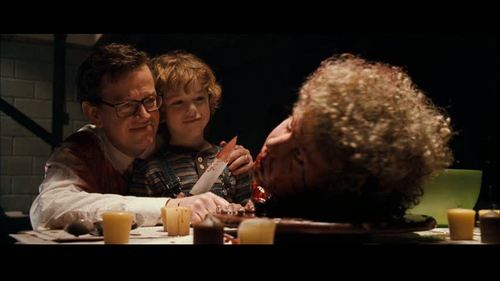
Death by candy
Death by candy becomes one of Wilkins’s methods of murder, which fits right into the Halloween theme. As mentioned above, one of the running themes of Trick ‘r Treat is honoring the “rules” of Halloween, including checking for tampered candy. Anyone who has ever trick-or-treated knows this rule and remembers how annoying it was. We all remember our parents demanding we hand over our buckets and pillowcases of goodies that we spent all night collecting so that they could check it for open wrappers, because according to them and the news, there was always some wacko just waiting to put arsenic or razor blades into your Snickers.
This is actually one of my personal issues with the holiday, or with the misconceptions of it. The way so many people continue to associate it with violence, murder, and Devil crap.
Parents worry. It’s part of being a parent, but everyone seems to go a bit overboard about Halloween. It’s a Kentucky Fried Mouse situation, a story no one has experienced firsthand but they know a guy who knows a guy who knew someone that it happened to. Despite all the stories about poisoned candy, there’s only been one recorded case of it actually happening, and it wasn’t random at all.
In 1974, a man named Ronald Clark O’Bryan poisoned several Pixy Stixs with potassium cyanide that he distributed to five children, including his own son and daughter. After the other children went home, O’Bryan’s son Timothy asked to eat some of his candy before bed, unfortunately choosing the Pixy Stix. He died less than an hour later. It turns out that the O’Bryan family was drowning in debt and Ronald had murdered his son in order to collect the life insurance policy. He’d hoped to collect the policy on his daughter as well but after what happened to Timothy, all candy was confiscated by the unknowing mother.
This is primarily where the myth of tampered candy comes from and it was exactly what the pearl-clutching fake Christians crying Devil needed to “prove” their case about the evils of Halloween. A study published in “Threatened Children” by Joel Best in 1993 found no credible accusations of poisoned candy to happen before or after the O’Bryan case. To this day, Best continues looking for cases and has yet to find any.
Early versions of this myth occurred in the form of pranks. Older teens would supposedly insert harmless things in candy or hand out items other than treats to shock children. In Best’s book, he describes how in the early 1950s, some people would heat pennies on skillets then dump them in children’s hands. As for lethal objects such as razor blades being pushed through candy wrappers, roughly 100 cases have been reported since 1958 with over 95% of them turning out to be fake. The ones which turned out to be true were all harmless.
There’s an amazing book by David J. Skal called “Death Makes a Holiday: A Cultural History of Halloween” that explores the candy myth in-depth.
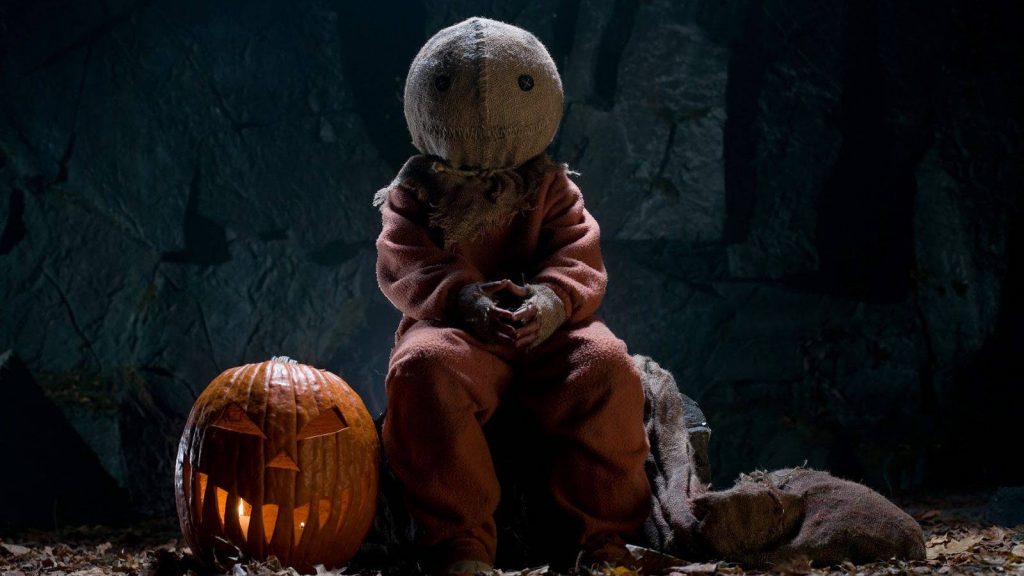
This just in, this year’s candy fear is cannabis! Police are warning parents about candy masquerading as edibles in states where marijuana is legal.
Rachel Roth is a writer who lives in South Florida. She has a degree in Writing Studies and a Certificate in Creative Writing, her work has appeared in several literary journals and anthologies. @WinterGreenRoth

You may like
-
True Crime Studies: A Serial Killer in His Own Words by H.H. Holmes
-
True Crime Studies: Naming Jack the Ripper by Russell Edwards
-
‘Smiley Face Killers’ review: A film not worth anyone’s time
-
Screen Slashers: The real Ghostface killer who inspired the Scream franchise
-
True Crime Studies: Philip Carlo’s ‘The Night Stalker’ is graphic nightmare fuel
-
Screen Slashers: Fade to Black and the study of cinephilic killers
We have come now to the finale of season four of The Boys. And while it didn’t have the literal blood fireworks I wanted, someone did get ripped in half in the air. So, that’s pretty close.
As a note, I will try to avoid spoilers as much as possible. This ending was a hell of a gut punch that should be experienced as blindly as possible. That being said, I will not be able to avoid spoilers and still give a full legitimate review. Proceed at your own risk.
The story
The main storyline for this episode is the attempted assassination of President-Elect Robert Singer. The Boys join forces with the Secret Service to protect him. But, as we learned last episode, Annie has been replaced with a shapeshifter. A shapeshifter that was welcome not just into Hughie’s anus, but into the protective bunker in which the President-Elect is hiding.
What worked
The first thing I want to discuss about this episode is the ending. But we need to do this carefully.
The important thing here is that the ending breaks your heart on so many levels. So many terrible things are happening to characters that it’s almost hard to keep track. And each moment is significant to each character.
I cannot give a specific example. But no matter who your favorite character is, you’re going to weep for them.
Unless your favorite character is Sage. And this is the next thing that made this episode so fantastic.
I don’t think I’m spoiling anything to say that Sage’s plans worked out exactly as she wanted them to. And she got exactly what she wanted.
What she wanted wasn’t power. It wasn’t money or fame or vengeance. It wasn’t to win the love of anyone. She just wanted to see if she could do it.
That is a terrific, terrifying motivation! Because all she wants is to play a massive game of chess with people as pieces. She doesn’t care about anyone. She just wants to see how many people she can manipulate. She just wants to set things on fire to see if she can.
Fantastic. A plus villain work.
The next thing I want to discuss is a cornerstone of the whole series.
The morality of The Boys shifts through the series. While it’s very much a battle to save the world from overpowered super monsters, it’s also a battle for the souls of our real heroes. And in that battle, there are two warring factors. We have Hughie, always trying to bring everyone up to a better level. And we have Butcher, who has no problem at all hitting rock bottom with a shovel in hand to do some more digging.
In this episode, we saw almost every member of The Boys challenged. Will they rise to their higher angels, or sink with their demons?
On a similar note, I am so glad that the writers kind of addressed my issues with Annie. They did this by having the shapeshifter get right into her face and accuse her of thinking that she’s better than everyone.
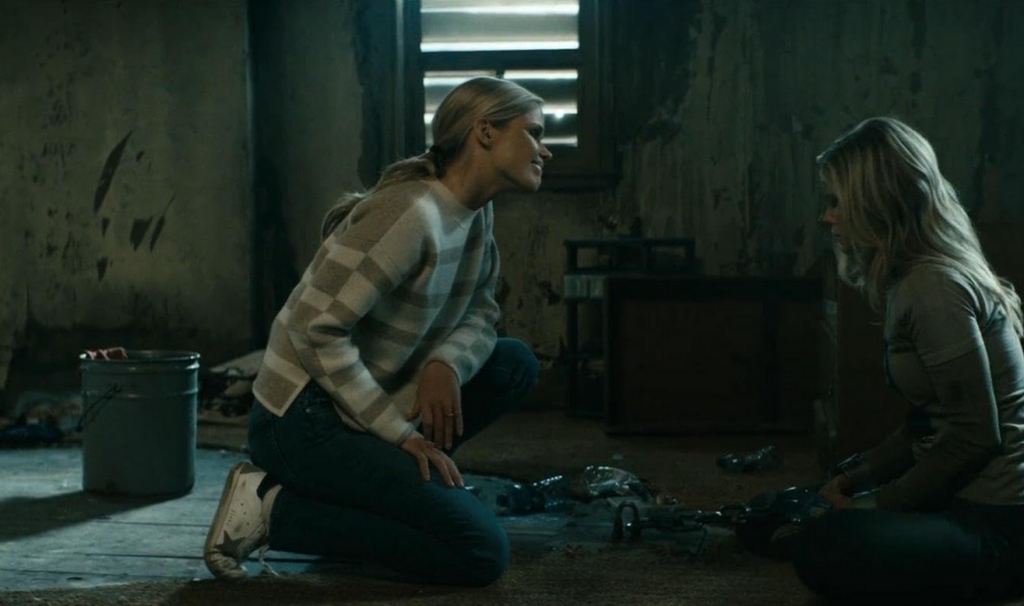
While that was devastating for the character, it was a little cathartic for those of us who felt like Annie was a little too good of a good guy.
What didn’t work
This is a small matter, but it is an issue that I want to address. After Annie finds out that Hughie slept with her doppelganger, she is furious at him.
In addition to this being unfair, it’s also a very cliche element to add. In almost every instance of a lookalike in fiction, there’s a moment where the love interest of the victim is fooled. Or almost fooled. And it’s always the same fight. It’s just played out and predictable. I’m just glad that it didn’t last very long.
Now that we’ve come to the end of the season, I can officially say that it was amazing. The story was deep and rich. The special effects were a stomach-turning good time. The character development was spot-on and satisfying. And, of course, it left me just about gagging to see what happens next. Unfortunately, it looks like we’ll have a bit of a wait. Because as of right now, the fifth season isn’t expected until 2026.

We’ve reached the second to last episode of The Boys, season four. And, as is appropriate for the penultimate episode of any show, things have to get a lot worse before they can get better.
Let’s discuss.
The story
Christmas is coming, and the whole world is getting ready. Ryan, despite being very clear that he didn’t want to appear on any TV shows or movies, has been strong-armed into participating in a Vought puppet Christmas special. He draws the line, though, when asked to sing about turning one’s parents in if they start talking about woke things.
Meanwhile, The Boys are trying to keep each other together. Butcher decides to take Sameer to the rest of the team. He also gets Frenchie out of prison, hoping they can make the Sup virus necessary to finally take down Homelander. Instead, this decision means disaster for one member of the team.
What worked
I first want to talk about Ryan’s speech near the end of the episode. Because it was exactly the moral of this whole story.
Ryan’s dad is a monster. His stepdad is also kind of a monster. But Ryan is a good kid. He cares about people, about family. And while he loves Homelander and Butcher, he doesn’t want to be like them.
Even better, this speech sounded like something a kid would say. Ryan didn’t open his mouth and start sounding like a college student all of a sudden. He sounds like a kid who misses his mom and wants to live up to the good standards she set for him. And I think that’s terrific.
Speaking of Homelander, he shot himself in the foot in this episode. I said earlier in the season that his hubris was going to be his downfall, and I was right. Without Sage, he just has the same weaknesses he’s always had. He’s going to fail because he just isn’t clever enough or patient enough to succeed.
Without Sage, I think a win is in the bag for The Boys. This isn’t to say that Homelander by himself isn’t dangerous. It’s just that he’s more like a wildfire than a controlled burn. He’s going to cause a lot of damage, but not get anything he wants out of it.
More’s the pity for him and everyone else who has to share his world.
Finally, I am thrilled with A-Train’s redemption story. I love that he wants to be a good person not to save himself, but to be a good person. His honest, pure and warm reaction to that little kid smiling at him in the last episode was heartwarming. It changed him in a moment, bringing to light a goodness that he’s been keeping under wraps for a long time.
This, along with Ryan’s courageous speech, proves once again what The Boys does so well. Yes, it’s gruesome. Yes, there’s blood and balls and batshit events. Yes, someone occasionally gets ripped in half. But there is a true human goodness in the story. One that we catch glimpses of. There are good people among the monsters. There is hope for redemption.
What didn’t work
Of course, so few things in this life are perfect, and this episode was no exception. For instance, I was irritated by the insinuation that Butcher cheated on his wife.
That just doesn’t make any sense. We’ve seen flashbacks of Billy and Becca. They were happy. He was happy. He was head over heels for her. And I don’t think it’s realistic or necessary for the character to throw in that he cheated. It does nothing to add to the story, it’s just a weird and offputting moment.
Doesn’t Butcher have enough to hate about himself? Can’t we just give him that at least he was a good husband?
Finally, I kind of hate that we ended up with Annie being caught. It’s just cliche, which is something I don’t normally say about this show. It feels lazy unless they do something very clever with it in the last episode. Which, I suppose, they might.
Next up is the season finale. And with this season being as insane as it has been, I’m expecting nothing short of bloody fireworks. And I mean literal fireworks of blood. At this point, would it surprise anyone?
 (4 / 5)
(4 / 5)
Episode six of The Boys was one of the most surprising episodes of the series so far. And that is certainly saying something. Because this season has so far been bonkers.
The story
Our episode today revolves around a party at Tek Knight’s lovely mansion. Yes, it does look just like Wayne Manor.
The Boys know that Tek Knight is working with Homelander on something, but they don’t know the details. So they decide to send Hughie in to bug the mansion.
Because that’s worked so well the other two times he’s tried to hide a bug!
It should surprise no one that this time goes no better. Hughie finds himself in Tek Knight’s basement. And by that I mean his BDSM dungeon.
Meanwhile, the party upstairs is no less disturbing. Homelander and Sage are trying to convince some well-off political donors to support a cue after the election. When pressed for details on his plan, Homelander freezes. He looks to Sage for help, but she wasn’t recently shot in the head and still in the junk food stage of her healing.
Fortunately, or unfortunately depending on your point of view, Neuman jumps in and saves the day.
What works
If I’m going to say one thing about this episode, it didn’t hold back at all. I didn’t expect them to show a character masturbating, sitting their bare behind on a cake, or spraying breastmilk into someone’s face. But every time I thought they’d cut the scene and let something be left to our imagination, they did not do that.
This is a dangerous move. Whenever you show the monster, you run the risk of them not being scary enough, or gross enough. As Stephen King says in Danse Macabre, to leave this sort of thing to the imagination if the reader makes things so much worse. So when they finally experience the monster, they might say that this isn’t so bad. It could have been so much worse.
But in this case, they managed to avoid that by making the scenes, especially the ones in Tek Knight’s dungeon, so much worse than I imagined it would be.
What doesn’t work
While this was a deeply disturbing episode in many ways, there was one really innocent and sweet moment.
And yes, I did have a problem with it.
Confronted by Firecracker, Annie decides to apologize for spreading rumors about her when they were kids. She tells her that she is genuinely sorry.
And I believe her. I don’t think Firecracker did, but I did.
So why is this an issue? Because I’m starting to think that Annie is maybe too nice. She is too good.
I know that Annie is our good guy. But every one of the other good guys has flaws. Hughie let his pride get in the way and took Temp V. MM hid himself from his daughter instead of teaching her to work through her emotions. Kimiko is far too closed off and has a hard time trusting others. Frenchie numbs himself with drugs. And well, what hasn’t Butcher done?
It is unrealistic that Annie is just so kind and so flawless. We all have shadows in our personalities. We all have weaknesses, we all mess up. We all do things we wish we could take back. The fact that Annie doesn’t seem to have anything like that is not just unrealistic. It’s infantilizing.
Give her some deep dark secrets. Give her something real to regret.
This was a shocking episode, even for someone fairly jaded like me. I wasn’t expecting the sort of weird sexual depravity, though I guess maybe I should have seen it coming. It was dark, upsetting, tense, and funny as hell. And with just two episodes left in the season, I can imagine the stakes are only going to get higher.
 (4 / 5)
(4 / 5)
By the way, if you like my writing you can get my short story, Man In The Woods, on Smashwords and Amazon.

